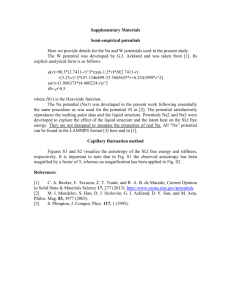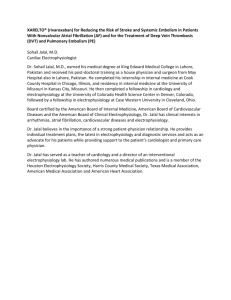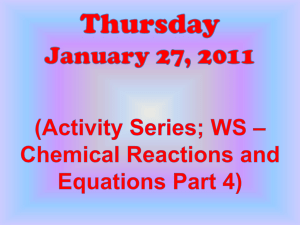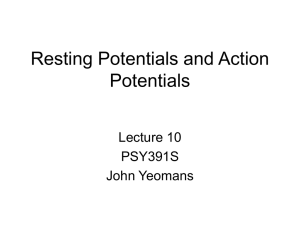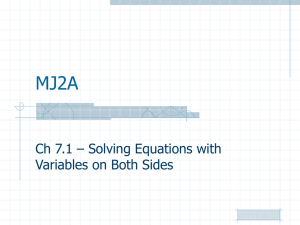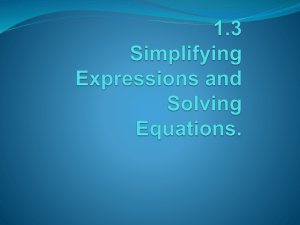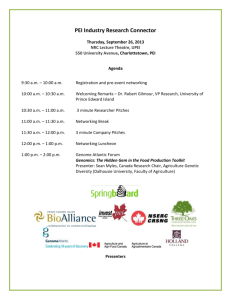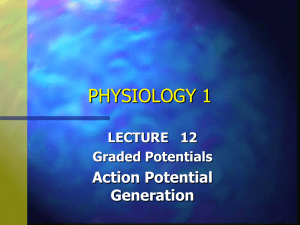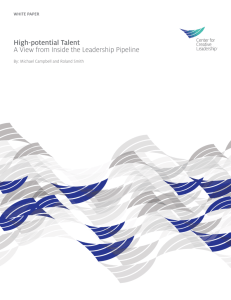The Hodgkin-Huxley model (and other action potential models)
advertisement
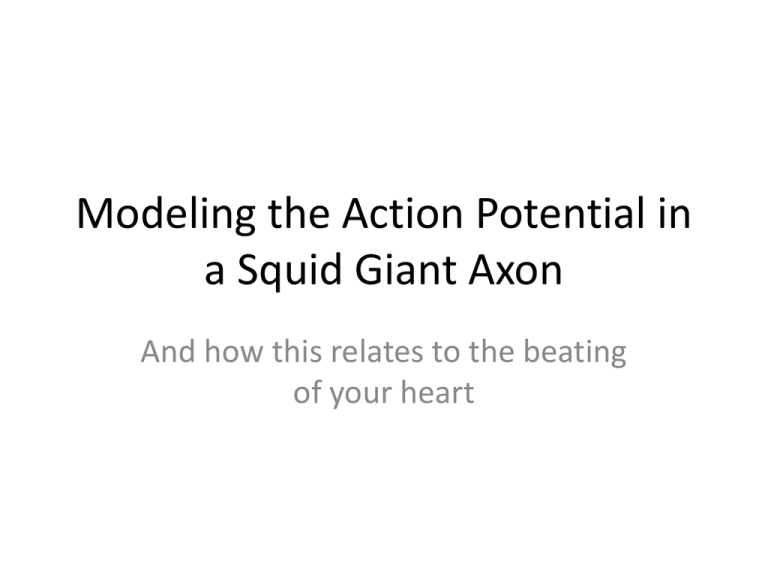
Modeling the Action Potential in a Squid Giant Axon And how this relates to the beating of your heart Outline 1. 2. 3. 4. The story of an action potential Digression: Heartbeats and action potentials Ion Channels Three stages: A. Polarization (and resting state) B. Depolarization C. Hyperpolarization 5. The equations for neurons 6. Back to action potentials in cardiac tissue 2. Digression: Heartbeats and action potentials Relating ECGs to APs and Contractions Gilmour, “Electrophysiology of the Heart” 2. Digression: Heartbeats and action potentials Action Potentials in Different Regions of the Heart Bachmann’s Bundle Gilmour, “Electrophysiology of the Heart” 2. Digression: Heartbeats and action potentials The shape of the curve Gilmour, “Electrophysiology of the Heart” 3. Ion channels Ion channels • Permanent: always open • Voltage-gated: the state is determined by the nearby membrane potential • Ligand-gated: the state is determined by molecules bound to the gate 3. Ion channels HHSim and Resting Potentials • Simulates electrical properties of a neuron • Guide • Software (on workshop laptops, use windows) 4. Three stages Three Stages • Polarization (and resting state) – Sodium-potassium pump – Equilibrium potential determined by permeability to K+ • Depolarization – Positive charge opens Na+ channels • Repolarization – Na+ channels are deactivated 4A. Polarization Polarized 4B. Depolarization Depolarization Gilmour, “Electrophysiology of the Heart” 4C. Repolarization Repolarization Gilmour, “Electrophysiology of the Heart” 5. The equations How can we model this? • As an electrical circuit – Capacitance (the membrane’s ability to store a charge) – Current (the ions flowing through the membrane) – Resistance to (conductance of) Na+, K+, and other ions – Equilibrium potential for each type of ion • With differential equations expressing the change in voltage with given values of the other variables 5. The equations I(t) C – capacitance E – equilibrium potential g – conductance I(t) – current applied at time t gK Equivalent Circuit Model gNa gL CM K+ EK ENa Ermentrout, Mathematical Foundations of Neuroscience EL scitable.com 5. The equations for neurons Hodgkin-Huxley Equations m gate – sodium activation h gate – sodium inactivation n gate – potassium Ermentrout, Mathematical Foundations of Neuroscience 5. The equations for neurons Impact of diffusion • Add in a term representing neighboring areas/cells: where D is the diffusion constant. 6. Back to action potentials in the heart Action Potentials in Different Regions of the Heart Bachmann’s Bundle Gilmour, “Electrophysiology of the Heart” 6. Back to action potentials in the heart Muscle Contraction • Transmission of action potential by the neuromuscular junction • Action potential and muscle contraction 6. Back to action potentials in the heart TNNP Equations Tusscher et al, “A Model for Human Ventricular Tissue,” 2005 6. Back to action potentials in the heart 4V Minimal Model u is the cell membrane potential v represents a fast channel gate s and w represent slow channel gates Grosu et al, “From Cardiac Cells to Genetic Regulatory Networks,” 2009. Summary • Hodgkin-Huxley model: The sodium/potassium pump, sodium channels, and potassium channels • TNNP: Many many channels • 4V Minimal model: Summarizes channels into fast inward, slow inward, and slow outward
